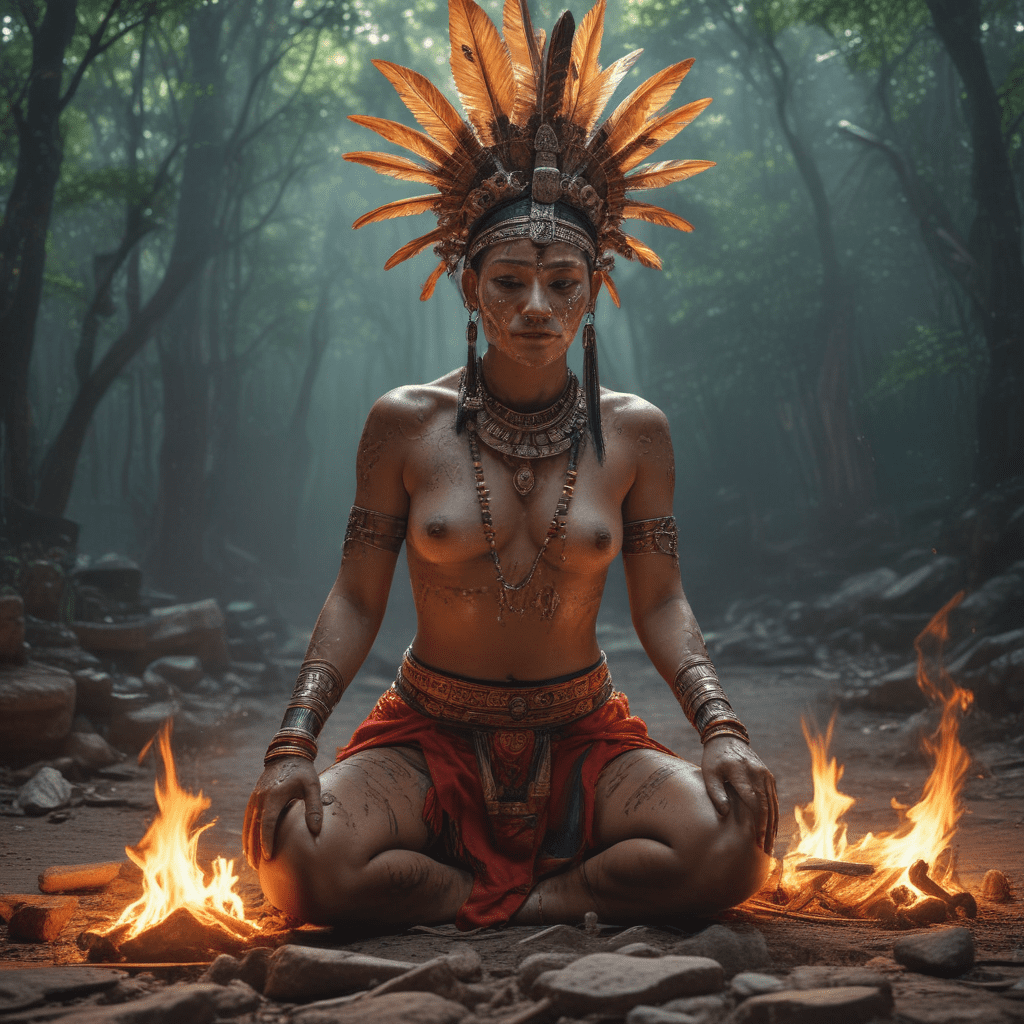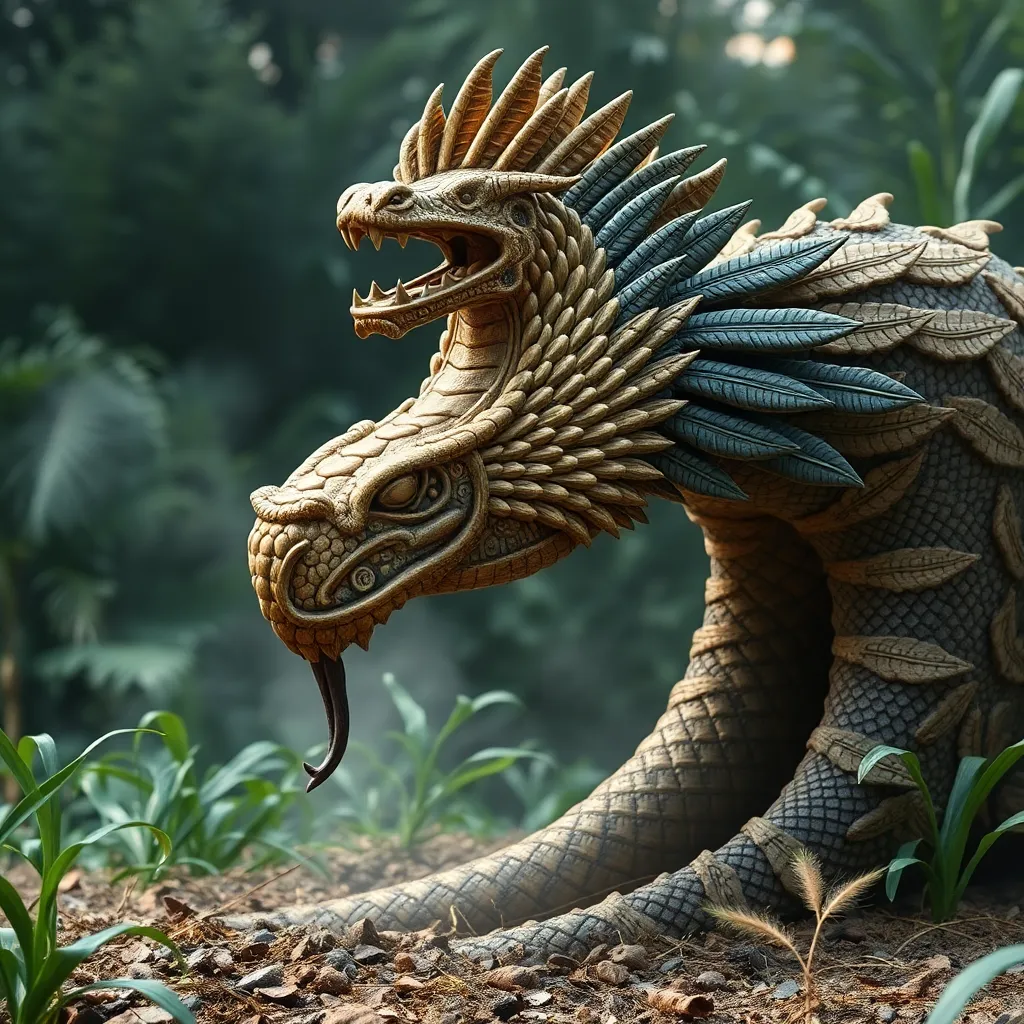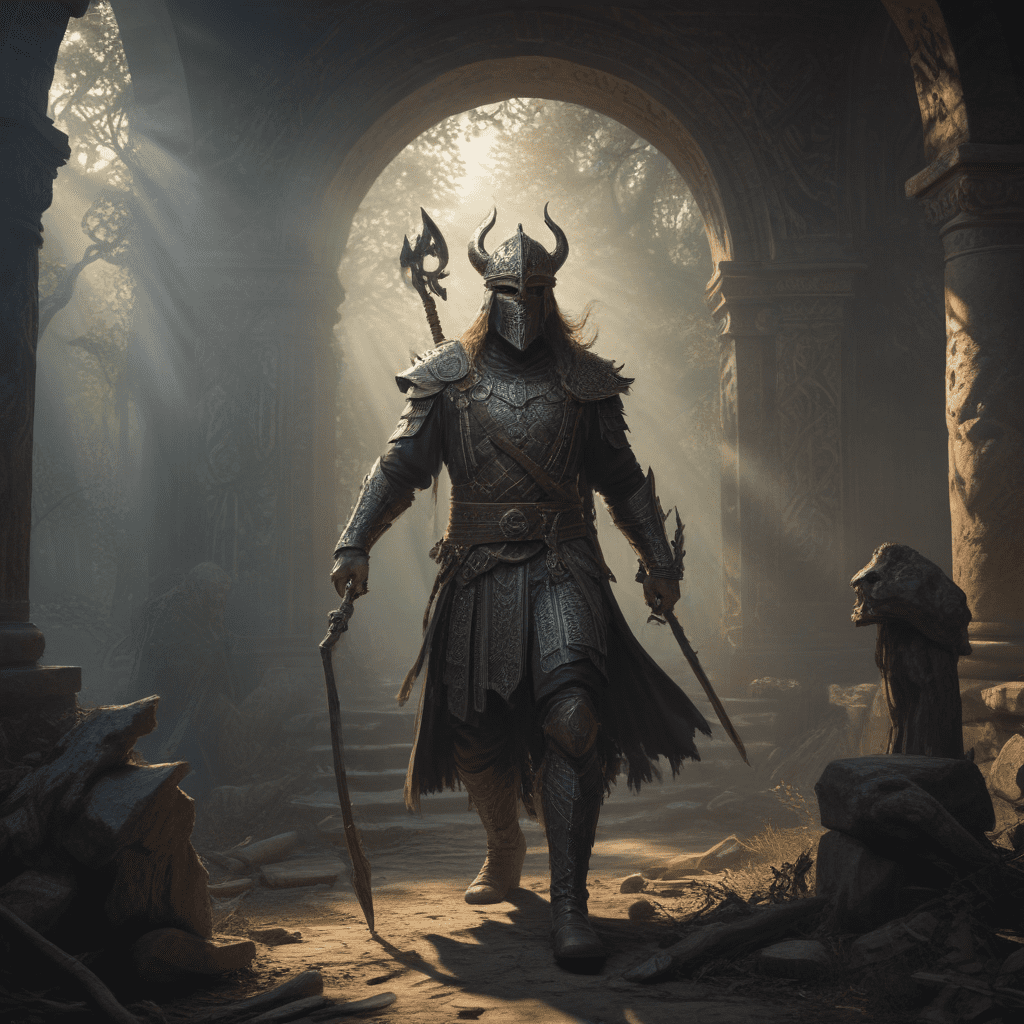Unveiling the Maya: An Introduction to Civilization and Culture
The Maya civilization, renowned for its intricate calendar system, sophisticated hieroglyphic writing, and awe-inspiring architecture, flourished in Mesoamerica for over three millennia. Their rich cultural tapestry was woven from complex beliefs, intricate rituals, and a profound connection to the natural world. Among the most fascinating and enigmatic aspects of Maya culture is the practice of ritual sacrifice, a phenomenon that has captivated scholars and the public alike.
Divine Blood: Exploring the Roots of Sacrifice in Mayan Mythology
Mayan mythology provides insights into the complex belief system that underpinned the practice of sacrifice. The Maya cosmos was believed to be inhabited by a multitude of deities, each with their own domain and desires. These deities were seen as powerful and demanding, requiring propitiation through offerings and sacrifices. Blood, particularly human blood, was considered a potent substance, believed to possess life-giving and rejuvenating properties. By offering this precious fluid to the gods, the Maya sought to maintain cosmic balance, ensure agricultural fertility, and appease the divine forces that governed their world.
Gods and Gifts: Understanding the Purpose of Ritual Sacrifice
Mayan ritual sacrifice served a variety of purposes, both religious and political. On the religious front, sacrifices were seen as a means of communicating with the gods, expressing gratitude, and seeking divine intervention. Sacrifices were performed to ensure bountiful harvests, ward off灾难, and appease angry deities. Politically, sacrifices served to reinforce the power and authority of the ruling elite. By demonstrating their close relationship with the gods, Maya rulers legitimized their rule and maintained social order.
The Sacred Stage: Examining the Ritual Landscape and Performance
Ritual sacrifices were elaborate and highly symbolic events, often performed in sacred spaces such as temples and pyramids. The Maya believed that these locations served as portals between the human and divine realms, making them ideal settings for communicating with the gods. Sacrificial ceremonies were carefully choreographed, involving specialized priests, elaborate costumes, and specific offerings. The act of sacrifice itself was often a bloody and dramatic affair, intended to impress the gods and demonstrate the sincerity of the Maya's devotion.
Victims and Volunteers: Demystifying the Participants in Sacrifice
The victims of Mayan sacrifice varied depending on the purpose and context of the ritual. While some sacrifices involved high-ranking individuals, such as enemy warriors or captured nobles, others involved commoners or even children. In some cases, individuals volunteered for sacrifice, believing that such an act would bring honor to themselves and their families. The Maya also practiced self-sacrifice, with rulers and elites piercing their own bodies with thorns or stingray spines as a form of offering to the gods.
6. Beyond Bloodshed: Unveiling the Symbolic Meanings of Sacrifice
Beyond its physical manifestation, Mayan ritual sacrifice held profound symbolic significance. The act of offering blood, a vital life force, symbolized the ultimate act of devotion and submission to the gods. Sacrifice was seen as a way to establish a reciprocal relationship with the divine, ensuring the continued flow of blessings and prosperity. The sacrifice of precious objects, such as jade or gold, further underscored the importance of the offering and the desire to appease the gods.
7. Theories and Interpretations: Deciphering the Motives Behind Sacrifice
Scholars have proposed various theories to explain the motives behind Mayan ritual sacrifice. Some argue that it served primarily as a means of social control, reinforcing the authority of the ruling elite and maintaining order within the society. Others suggest that sacrifice was driven by a deep-seated belief in the need to appease the gods and ensure cosmic balance. Still others emphasize the importance of sacrifice as a symbolic act, representing the cyclical nature of life and the interconnectedness of the human and divine realms.
8. The Impact of Sacrifice: Exploring its Social, Political, and Religious Significance
Mayan ritual sacrifice had a profound impact on the society, shaping its religious beliefs, political structures, and social dynamics. The practice reinforced the power of the ruling elite, solidifying their position as intermediaries between the gods and the people. It also served to maintain social order, ensuring that individuals adhered to societal norms and rituals. On a religious level, sacrifice played a vital role in maintaining the delicate balance between the human and divine realms. By offering blood and precious objects, the Maya sought to appease the gods, ensure agricultural fertility, and avert灾难.
9. Echoes of the Past: Examining the Legacy of Sacrifice in Contemporary Maya Culture
While the practice of ritual sacrifice no longer exists among contemporary Maya communities, its legacy continues to resonate in various aspects of their culture. Many traditional ceremonies and rituals, such as the Day of the Dead or the burning of incense, echo the deep-seated beliefs that once fueled the practice of sacrifice. Moreover, archaeological evidence and historical accounts provide valuable insights into the complex motivations and meanings behind this enigmatic practice.
10. Conclusion: Unveiling the Complexities and Significance of Mayan Ritual Sacrifice
Mayan ritual sacrifice was a complex and multifaceted practice, deeply rooted in the Maya worldview and belief system. It served as a means of communication with the gods, ensuring cosmic balance, and reinforcing political authority. While the act of sacrifice may seem barbaric to modern sensibilities, it held profound significance for the Maya, signifying devotion, reciprocity, and the interconnectedness of the human and divine realms. By examining the intricacies of Mayan ritual sacrifice, we gain a deeper understanding of this fascinating civilization and its enduring legacy.
Frequently Asked Questions
1. Why did the Maya practice ritual sacrifice?
The Maya practiced ritual sacrifice for a variety of reasons, including appeasing the gods, ensuring cosmic balance, and reinforcing political authority. They believed that blood, a vital life force, possessed the power to communicate with the divine and maintain order in the universe.
2. Who were the victims of Mayan sacrifice?
The victims of Mayan sacrifice varied depending on the purpose and context of the ritual. While some sacrifices involved high-ranking individuals, such as enemy warriors or captured nobles, others involved commoners or even children. In some cases, individuals volunteered for sacrifice, believing that such an act would bring honor to themselves and their families.
3. What was the significance of blood in Mayan sacrifice?
Blood was considered a sacred substance in Mayan culture, believed to possess life-giving and rejuvenating properties. By offering blood to the gods, the Maya sought to establish a reciprocal relationship with the divine, ensuring the continued flow of blessings and prosperity.
4. How did Mayan ritual sacrifice impact society?
Mayan ritual sacrifice had a profound impact on society, shaping its religious beliefs, political structures, and social dynamics. The practice reinforced the power of the ruling elite, solidifying their position as intermediaries between the gods and the people. It also served to maintain social order, ensuring that individuals adhered to societal norms and rituals.
5. What is the legacy of Mayan ritual sacrifice?
While the practice of ritual sacrifice no longer exists among contemporary Maya communities, its legacy continues to resonate in various aspects of their culture. Many traditional ceremonies and rituals echo the deep-seated beliefs that once fueled the practice of sacrifice. Moreover, archaeological evidence and historical accounts provide valuable insights into the complex motivations and meanings behind this enigmatic practice.



